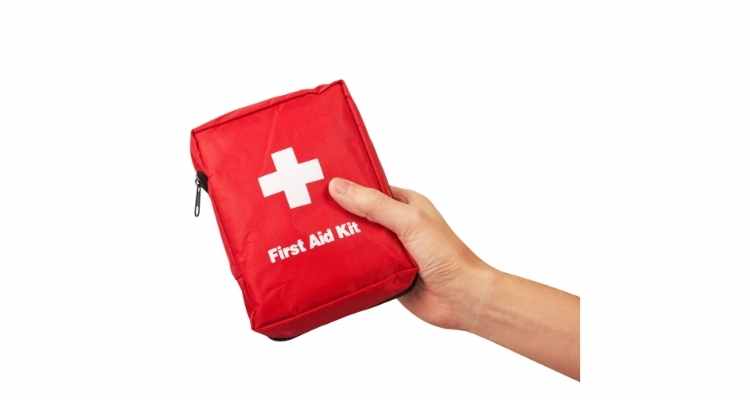Did you know that about 114,000 people die from home-related injuries?
If you manage a home, then you need to prepare for the worst every single day. Having home first aid kits with you at all times is something that you need to consider.
Read on to learn about the necessary things you need to have packed in a home first aid kit.
Natural Disinfectant
If you don’t already have a natural disinfectant in your home first aid kit, now is the time to add one! This can come in handy for cleaning wounds, disinfecting surfaces, and more.
Some great options for natural disinfectants include vinegar, alcohol, hydrogen peroxide, and tea tree oil.
First Aid Kit Manual
It is important to include the first aid kit manual, for not all are trained to handle all kinds of injuries. It should be easily accessible and contain everything you need to treat minor injuries and illnesses.
This first aid kit manual will help you understand what to pack in your kit and how to use the items contained within it.
Examination Gloves
Examination gloves are an important part of any first aid kit. They protect you from getting germs and bacteria on your hands. And they also keep you from contaminating anything you’re treating.
Make sure you have a good supply of exam gloves in your first aid kit, so you’re always prepared.
Sterile Gauze Pads
Gauze pads are an essential item in any home first aid kit. They are great for wound dressing, as well as protecting them from further infection.
Be sure to include both sterile and non-sterile gauze pads in your kit.
Antiseptic Wipes
An antiseptic wipe is an essential item to have packed in your home first aid kit. These wipes are perfect for cleaning cuts and are great antibacterial protection.
Be sure to pack a few extra antiseptic wipes in your kit so that they always prepare you for minor accidents.
Antibiotic Ointment
Most home first aid kits will come with some form of antibiotic ointment. This is a topical cream that helps to prevent infection in minor cuts and scrapes. It is important to apply the ointment as directed and to keep the wound covered.
If the wound does not seem to be healing or can cause an allergic reaction, it is important to see a doctor.
Pain Relief Medication
Having pain relief medication on hand is a good idea, whether it’s from an injury or a headache. You can help ease discomfort in the event of a minor injury or discomfort.
Be sure to check the end date on your medication and restock your kit as needed.
Emergency Phone Numbers
While a home first aid kit is a great resource to have, it is not a substitute for professional medical care. If you have a medical emergency, call 911 or your local emergency number immediately.
A list of emergency phone numbers should be in a visible and easy-to-access location in your home.
Remember These in Your Home First Aid Kits
If you are looking to be prepared for any minor at-home accidents, it is important to have well-stocked home first aid kits. Be sure to include items such as natural disinfectant, the first aid kit manual, examination gloves, sterile gauze, antiseptic wipes, antibiotic ointment, and pain medication.
By having a first-aid kit readily available, you can be prepared for anything life throws your way.
Did you find this article helpful? Then, browse through some of the other blog posts.

